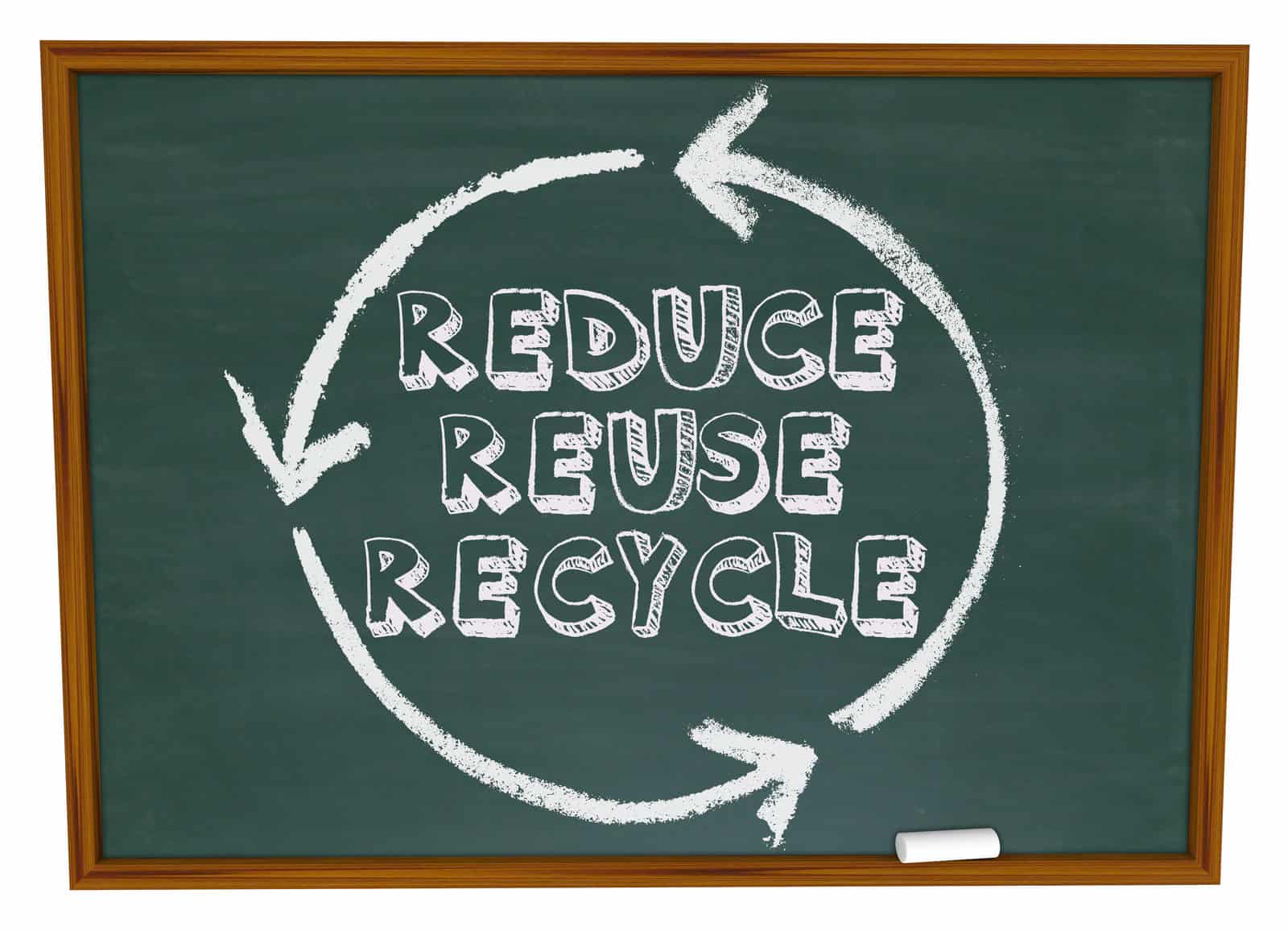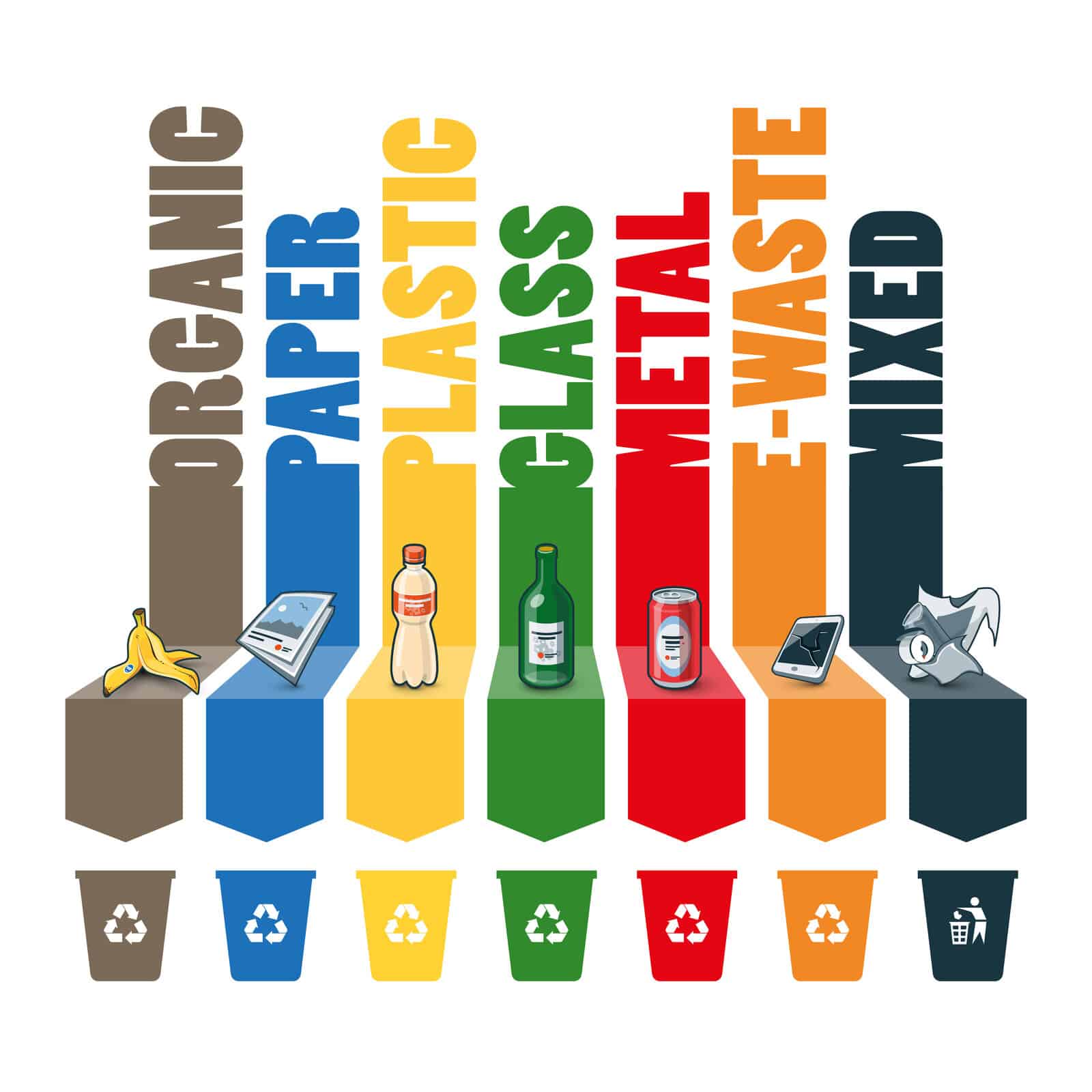
5 Innovative ideas for Recycling, for a better future
Teaching children about sustainability may be accomplished by encouraging them to recycle. Learning the value of sustainability demonstrates to them the significance of the environment.
Additionally, it encourages the growth of responsible individuals who have a higher chance of developing a healthy world.
Teaching children about recycling doesn’t have to be tough, even though it may seem like one more item to fit into already busy family schedules. It may be a fun task.
Time to teach recycling and environmental responsibility is not always available to working parents. But sooner than you would imagine, incorporating technology into daily life might become second nature.
However, what about our great-grandchildren? The bulk of people seem to live “in the now.” Will their planet supply enough oxygen for them? Will there be enough plastic-free soil to support human habitation and food production?
Will their oceans be empty of fish and filled with plastic? Their beaches a sea of garbage?
Consider the possibility that the beach will never be visited by your great-grandchildren due to safety concerns. That’s a depressing idea.
Recycling rubbish minimizes our impact on the environment. By doing this, trash is kept out of the landfill or from being burned.
However, even recycling consumes significant materials and energy.
Try your best to only dispose of items in the recycling bin when they are no longer useable. Prior to recycling, it is preferable to minimize or reuse.

Reduce the quantity of goods you purchase and make the most of what you already have. If you know you won’t use the second item, avoid the urge to buy one and get one free.
Reduce means to lessen the amount of trash a family generates while engaging in normal family activities, employment, recreation, and living in general.
Reusing something involves figuring out a method to keep it rather than throwing it away. Toys, paper, electronics, and other items fall under this. Reusing goods lowers overall pollution and saves the energy necessary to make new ones.
The word “recycle” is perhaps the most well-known, but it also has to be properly defined. Children’s swim shorts are an example of a product that may be recycled even though it cannot be used again in its original form. By doing so, we can reduce waste and protect the environment.

The process of recycling is very complex and unique for every kind of material.
- One of the first materials that require appropriate recycling was aluminum cans. It’s not quite as difficult a procedure as it is for certain other materials. First the cans are shredded, then they are melted. The metal can then be utilized to create new cans and other aluminum products.
- There are many different types of plastic, and each type is manufactured from a unique chemistry. Therefore, plastic bottles are initially categorized according to their different chemical kinds. After that, they are cleaned to remove any food residues or other trash. The bottles are then broken up into tiny plastic chips by being shred or crushed. The chips can then be used to make fiber for carpeting or garments, or they can be melted down to make new plastic.
- To begin the recycling process, paper is dissolved with water and other chemicals. After that, it is cooked and chopped up. The paper finally becomes a pulp or slurry as a result of this process. The pulp is strained to get rid of any adhesive or plastic residue. Any remaining inks or dyes are then washed and bleached off the item. The pulp is now prepared to be used to create fresh paper.
Children’s recycling activities may be created at home and at school through games, songs, and craft projects that make learning the 3Rs simpler and more enjoyable. Some of the most inventive and user-friendly instructional materials are the following:
The youngest children should be taught how to distinguish between the trash cans (paper, glass, plastic, etc.). They can recognize, relate to, and remember their forms, colors, and purposes better when they are printed on paper.
Many children’s books, like Look after your earth by Lauren Child, and Why Should I Recycle by Jen Green, encourage recycling among the youngest readers in addition to amusing and promoting reading.
Ask yourself if you truly need each item, you buy before making a purchase.
Recycling Old Clothes
Children’ eyes can be opened through the reuse and repurposing of objects. They can still be reused when they lose their clothing if they aren’t suitable for donation or passing down.
To use as bathroom towels or cleaning cloths for the home, cut them into squares. As they wash, they might discuss their favorite experiences wearing their old clothing.
Recycling food
One of the most crucial skills to impart in the kitchen is the ability to reduce food waste. Even if the expression “eyes bigger than your belly” is a cliche, it suddenly has new significance. Taking too much food and throwing it away merely adds to the enormous amounts of food that is wasted annually. When not being used immediately, leftovers can be securely refrigerated and consumed for lunch the following day. With a fun cookery lesson, bananas beyond their prime may be transformed into banana bread.
Reducing usage of plastics
When it comes to going green, the toilet is sometimes neglected. However, following a fast washing, all those plastic bottles and tubs may be added to the recycling. Another technique to get children to think environmentally is to remind them to turn off the faucet when they are brushing their teeth. Additionally, using soap or shampoo bars is preferable to purchasing liquid soap in plastic pump bottles.
Ask them to count the items they can discover that are wrapped in unnecessary plastic as you explore the shops.
Purchase cleaning product refills. Choose loose goods rather than pre-packaged items, and if you can, purchase in quantity.
Recycling Metal Cans
Some businesses will pay for used beverage cans and metal trash. Collect empty beverage containers from your friends, your house, and your place of employment to sell for some additional pocket money. Remember that handling scrap metal requires adult supervision since it may be quite harmful.
Recycling Ink Cartridge
Some businesses, like Tesco, reward customers who recycle their ink cartridges with points. You may use these points to make purchases at their store. You can sell ink cartridges on certain websites if your parents don’t buy at Tesco. For each cartridge, some websites will pay up to £1. You should be able to purchase a new game if you sell 30!
Why Recycling is important?
There are several benefits to recycling that have an impact on all children’s futures. Over 100 million Americans recycle now. It is a simple method to enhance the economy and protect the environment. For the following reasons, it’s critical to recycle any empty bottles of water or boxes of cereal:
- Conserve our animals and natural resources. Recycling helps in reducing the amount of trash in landfills, where it might take hundreds of years for it to decompose. By using less fresh paper, it also contributes to the preservation of forests. We support wildlife so that we can enjoy it for the rest of our lives if we take greater steps to protect natural resources.
- Recycling materials are sold to cover the additional expenses of processing and gathering them. As a result, it is more affordable.
- Each year, the US recycles around 30% of its garbage. This cuts greenhouse gas emissions by the same amount as taking 25 million vehicles off the road and saves 12 billion gallons of fuel. Recycling enables businesses to consume less energy since they don’t need to create new goods from raw materials. Newspapers, magazines, plastic bottles, cans, milk jugs, boxes, and a wide range of other recyclable products can all be reused by these companies.
- The trash is taken to the landfill when the garbage truck arrives to your area to pick it up. Landfills may damage the ecosystem as they fill up over time.
- There are 10 opportunities in recycling and 25 jobs in manufacturing based on recycling for every job in a landfill or combustion. Did you know that there are more jobs in the recycling sector than in the US car industry?


Leave a Reply